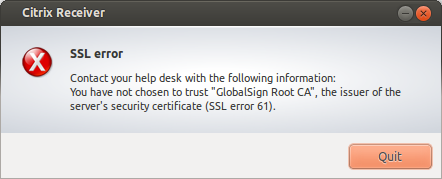I noticed my Ubuntu desktop was using a rather large portion of available memory. I usually have a lot running on my system, multiple terminals, background jobs, etc so this is nothing unusual. Today however I noticed my system was sluggish so I started digging. Memory use was near 100%. I closed all of my programs to see what effect that would have but the memory usage stayed very high ~90%. I started to suspect a memory leak in one of the processes or programs I was running. I really didn’t want to reboot the system since it isn’t a Windows desktop! What to do. I needed to force memory cleanup on the system. How do I analyze the memory usage on a system? I thought I would document a few of the ways to see memory use.
You can use commands like ‘top’ and ‘vmstat’ to get an idea of what your system is chewing on. Specifically looking at memory I tend to use:
watch -n 1 free -m
For a more detailed look use:
watch -n 1 cat /proc/meminfo
If you suspect a program of having a leak you can use valgrind to dig even deeper:
valgrind --leak-check=yes program_to_test
‘valgrind’ is great for testing however not to helpful with currently running processes or without some experience.
So you analyze the system and determine there is memory that has not been properly freed, what do you do? You can reboot but that isn’t always an option. You can force clear the cache doing the following:
sudo sysctl -w vm.drop_caches=3
This frees up unused but claimed memory in Ubuntu a (and most linux flavors). This command won’t affect system stability and performance, it will just clean up memory used by the Linux Kernel on caches. That said I have noticed the system is more responsive (contradiction, you decide). Here is an example of how much memory you can free up with this command:
$ free total used free shared buffers cached Mem: 16287672 15997176 290496 5432 404120 14415648 -/+ buffers/cache: 1177408 15110264 Swap: 4093884 0 4093884 [msaba@nfc ~]$ sudo sysctl -w vm.drop_caches=3 [sudo] password for msaba: vm.drop_caches = 3 [msaba@nfc ~]$ free total used free shared buffers cached Mem: 16287672 948076 15339596 5432 1268 92708 -/+ buffers/cache: 854100 15433572 Swap: 4093884 0 4093884
Another command that can free up used or cached memory (inodes, page cache, and ‘dentries’):
sudo sync && echo 3 | sudo tee /proc/sys/vm/drop_caches
I have not seen any significant difference between the results of this or the first command.
I’ll add updates to this page as I think of them. Good luck for now.
